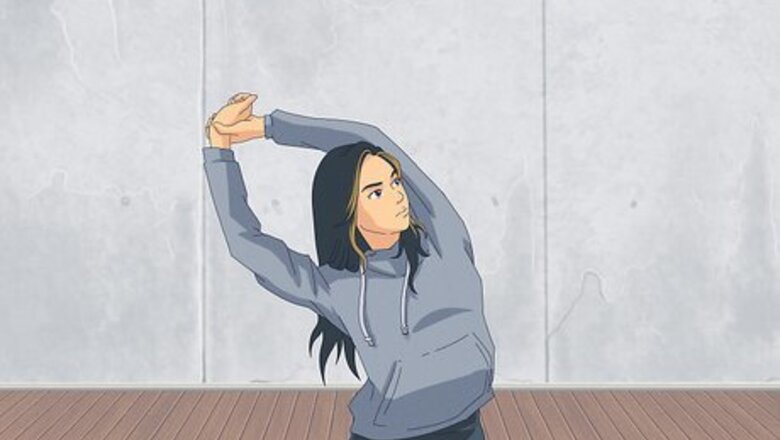
views
Warming Up for Breakdancing
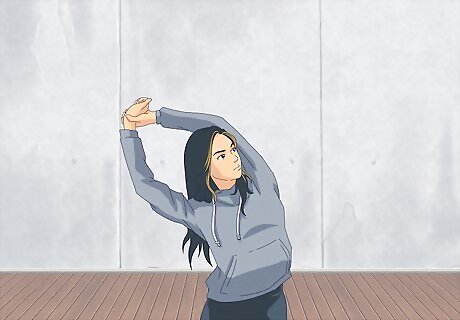
Know why you need to warm up. Warming up is important because it stretches out your muscles and literally warms them up. It can help prevent injury.
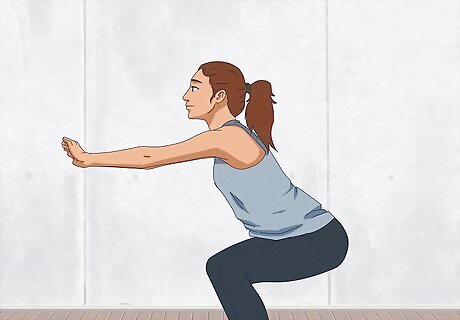
Try a light aerobic workout to get your blood pumping. For instance, you can do jumping jacks or walking push-ups. For jumping jacks, start with your arms and legs straight together. At the same time, jump your legs out to about shoulder length and bring your arms up by your head. Jump back to the original position and repeat. For walking push-ups, do a couple of push-ups like normal, and then stay in the same position to move over four steps. Do more push-ups.
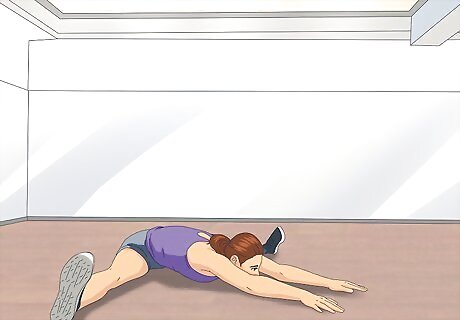
Do stretches. Stretching will help you be more flexible when you do actually start dancing. For instance, try hamstring stretches. Sit on the floor with one leg bent away. Stretch the other leg out in front of you. Let the outstretched leg pull inward while leaning forward. Hold for half a minute. Repeat a few times, and then switch to the other leg.
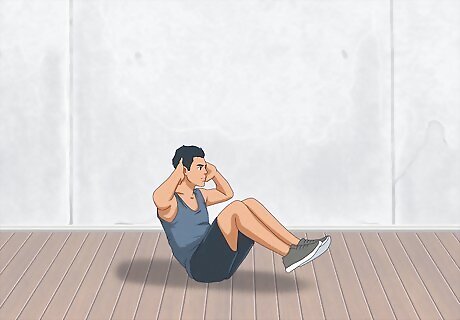
Do crunches or sit-ups. These moves build strong core muscles, which makes it easier to perform all types of dance moves.
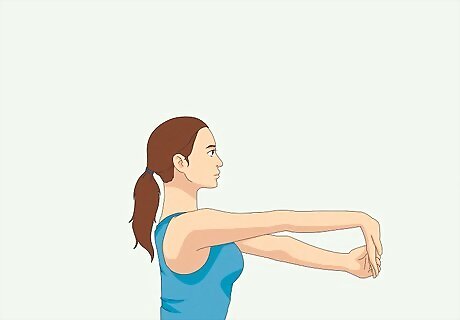
Stretch your wrists and arms. In breakdancing, weight is often carried on the arms and wrists, so you need to ensure they are flexible enough before starting. Holding your arm out, move your hand back and forth to slowly stretch out the muscles. With you arm still outstretched, flipped your hand over and back several times. To stretch out your forearms, place your palms together in front of you with your elbows out. Rotate your hands forward, stretching the muscles, and then rotate them back.
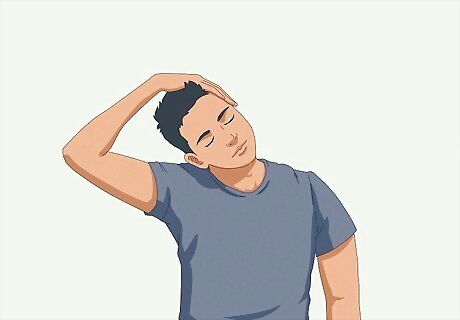
Stretch your neck. You will be using your head and neck for balance. Standing straight, gently roll your neck in a circle, loosening your neck muscles. Repeat, moving in the opposite direction. Looking straight ahead and gently grab the side of your head, pulling your ear toward your shoulder and holding for a few counts. Do the same on the opposite side.
Preparing Your Environment
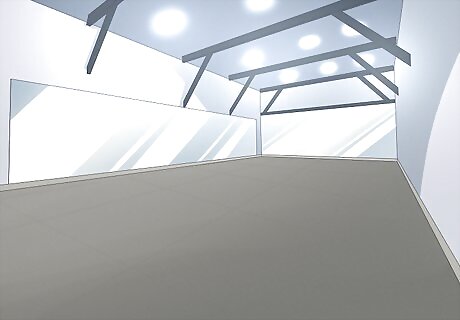
Make sure you have enough space. When you're trying to breakdance, you can end up flailing around the room, so make sure there's nothing you can break or that can hurt you.
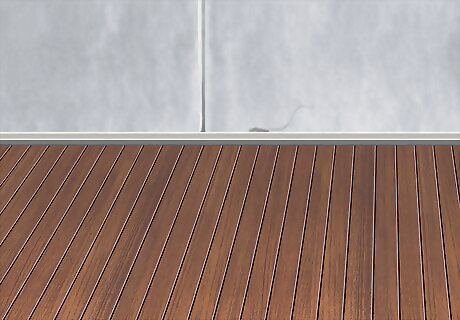
Pick a surface you won't slip on. Most carpet and hard floors should be ok, just make sure it's not slippery.
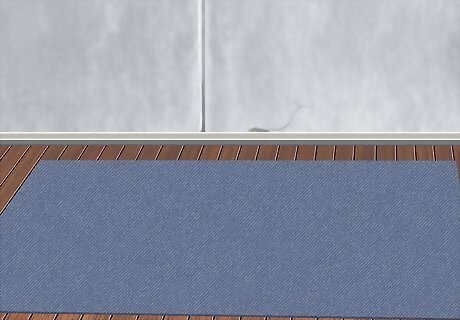
Use a mat. When you are first starting out, you are likely to fall. Place the mat under your body. Make sure it's non-skid so it doesn't slip out from under you.
Doing the Baby Freeze from Squatting or Partially Kneeling
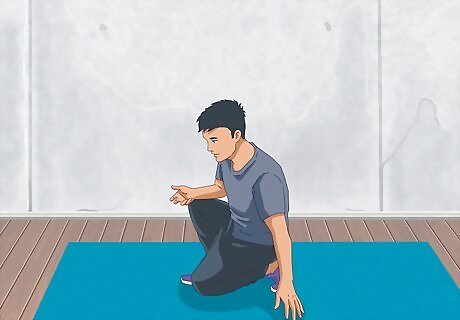
Get into position. To position yourself for the Baby Freeze, you need to squat all the way down, low to the floor. Your legs should be a little less than shoulder-width apart with the weight on the balls of your feet. If this position is not comfortable, you can also start with one knee on the floor and the other leg bent with your foot on the ground. Make sure the foot on the ground is the same side as your strongest arm.
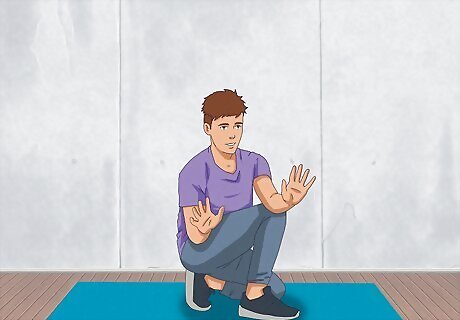
Position your arms. To properly distribute your weight for the Baby Freeze, you need to position your arms correctly. Place your less strong arm on the other side of the opposite knee. Your leg will eventually rest on the back of that arm above the elbow. Use your dominant arm to take the brunt of the weight. The elbow will go into the side of your body, near the hip and below the rib cage.
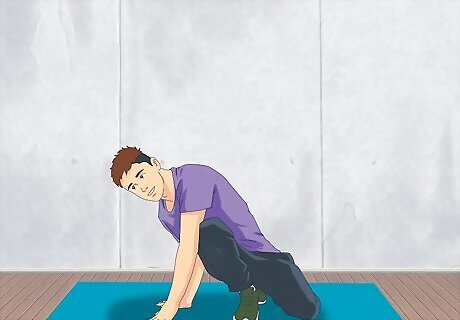
Put your hands on the ground. Keeping your arms in position (you may need to stretch out the dominant arm a bit), place your palms face down Place both of your hands on the ground on the outside of your dominant leg.
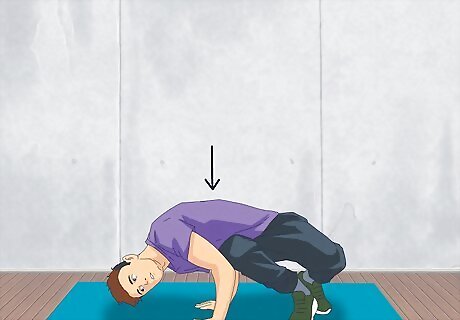
Put weight on your arms. Slowly tilt your body to the side, moving your legs away from your arms to balance yourself. Put your strongest arm back into position, resting it at a 90-degree angle firmly against your abs near your hip, fingers splayed slightly on the ground and pointing away from you. Your other arm should be about shoulder-width away from the first. It should also be at a 90-degree angle up against your knee, balancing your stance.
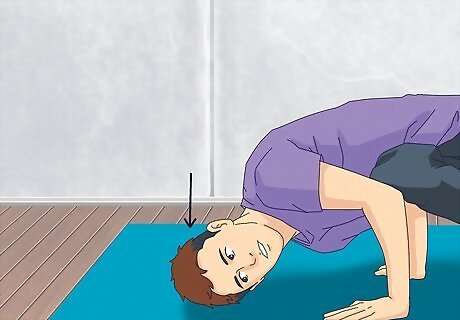
Move into the final position. Slowly lean your head towards the floor in front of your arms, resting your head on the mat. Once the side of your head is on the ground, shift most of your weight to your strongest arm, using the side of your head and other arm for balance. Both of your arms should still be bent.
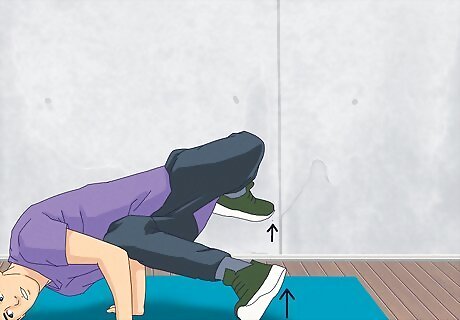
Lift your legs off the ground, testing your balance in this pose. Once you feel comfortable, lift your legs off the ground, resting them on your non-dominant arm. Your leg should rest on the bicep. This step may take you a few tries. If your arm isn't strong enough to hold you for long, try doing it a little bit at a time until you get the hang of it. Make sure only the top part of your head is on the ground. Don't rest on your cheek.
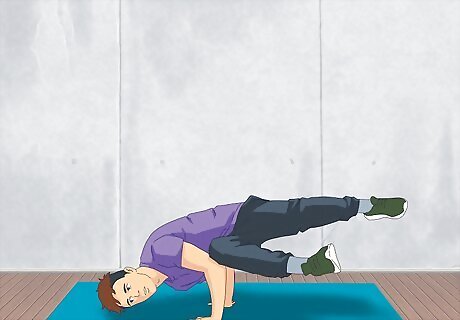
Hold your position. Once you've gotten your legs in the right position, you need to hold yourself in that position, the "freeze" part of the move.
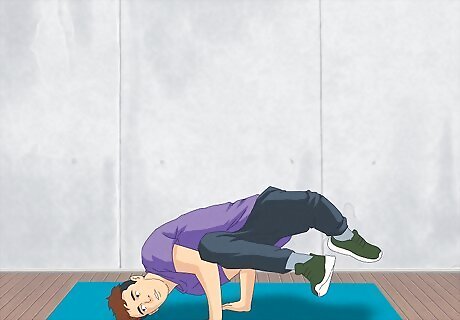
Practice the move. This move may take a while to get perfectly. Keep trying, building up the muscles in your arms and training yourself to balance. Once you completely master this move, you can use it as a transition between other breakdancing moves.
Doing the Baby Freeze from Hand Glide Position
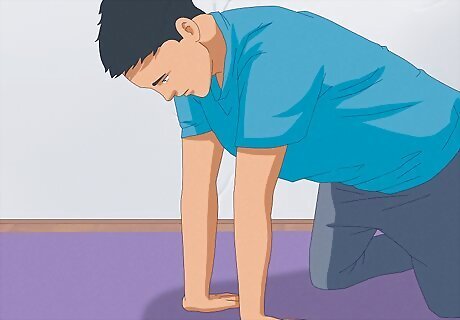
Begin with your knees and hands on the floor. Essentially, you look like you are about to crawl across the floor.
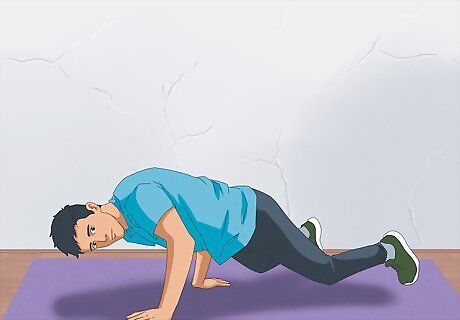
Move your dominant arm down a foot. This arm will be the "stabbing" arm, meaning it will hold the weight of your body. Move it towards your feet, so that the elbow will stab below the rib cage.
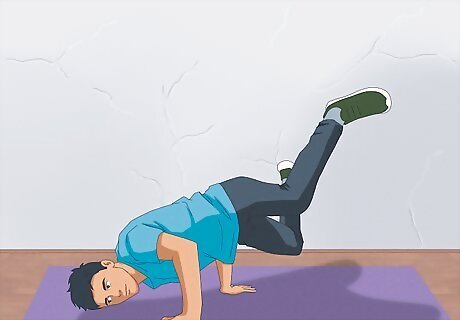
Try holding the hand glide position. Basically, you are lifting your legs and head off the floor. Your head should turn towards your non-dominant arm. See if you can balance.
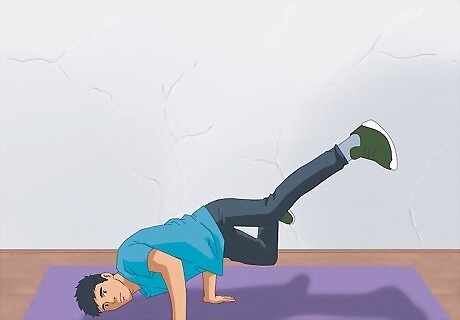
Move into the baby freeze. Once you've balanced a few times, swing your legs around. Your opposite leg should land on top of your non-dominant arm. You're twisting your body so that your knees will be facing out to the side, but both palms are still on the floor.
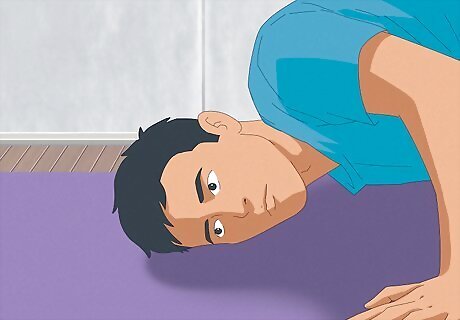
Rest your head on your mat for balance. At the same time you swing your legs around, tip your head down to the floor so you stay balanced.
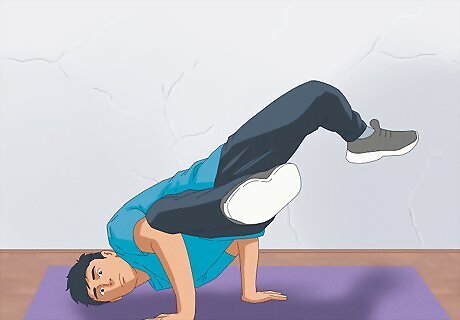
Hold the position. Stay in this position to make it a "freeze."












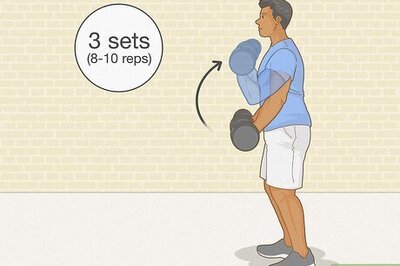

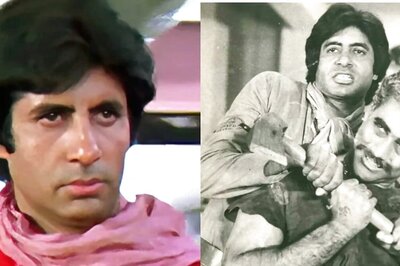
Comments
0 comment